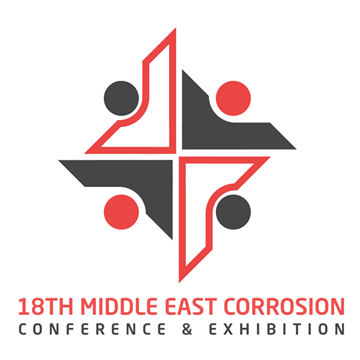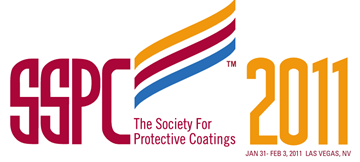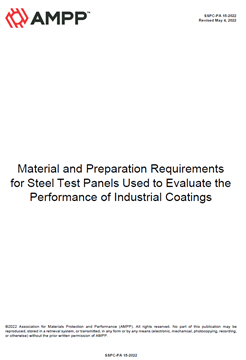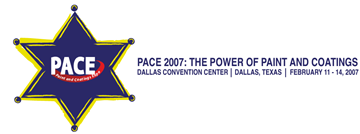Search
Products tagged with 'chemical resistance'
View as
Sort by
Display
per page
Nonmetallic Materials of Construction for the Mining and Mineral Processing Industry
Product Number:
51323-18921-SG
Publication Date:
2023
$20.00
Novel Internal Coating System for High Concentration H2S Environments
Product Number:
MECC23-19951-SG
Publication Date:
2023
$20.00
Polyurea ‘Loose’ Liners: A Band Aid or Excessively Cracked Concrete
Product Number:
41213-764-SG
Publication Date:
2013
$20.00
Selection and Specifications for Architectural and Industrial Maintenance Coatings for Commercial Architecture
Product Number:
41213-799-SG
Publication Date:
2013
$20.00
Spray Polyurea System for Challenging Applications
Product Number:
41211-625-SG
Publication Date:
2011
$20.00
SSPC-PA 15-2022, Material and Preparation Requirements for Steel Test Panels Used to Evaluate the Performance of Industrial Coatings
Product Number:
SSPC-PA 15-2022
Publication Date:
2022
$109.00
Straining at a Gnat and Swallowing a Camel: Safety and Performance Issues with Two - Part Urethane Finish Coats
Product Number:
41206-272-SG
Publication Date:
2006
$20.00
TM0196-HD1996-SG Chemical Resistance of Polymeric Materials by Periodic Evaluation-HD1996
Product Number:
21226-HD1996
ISBN:
1-57590-009-2
Publication Date:
1996
$179.00
Ultra-violet Curable Coatings from Highly-Functional Acrylated Biobased Resin
Product Number:
41212-697-SG
Publication Date:
2012
$20.00
Vinyl Ester Linings for Flue Gas Desulfurization Systems
Product Number:
41207-387-SG
Publication Date:
2007
$20.00










